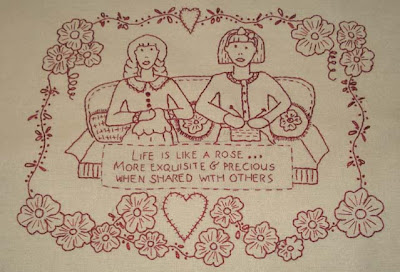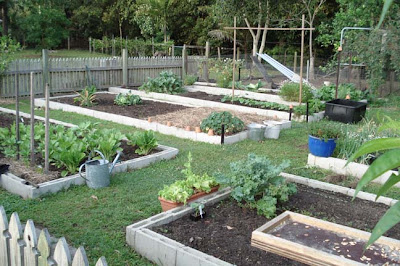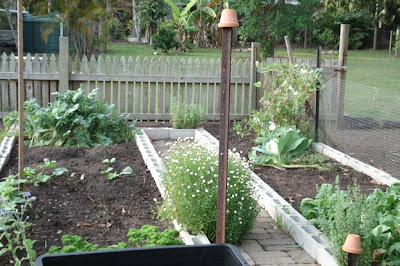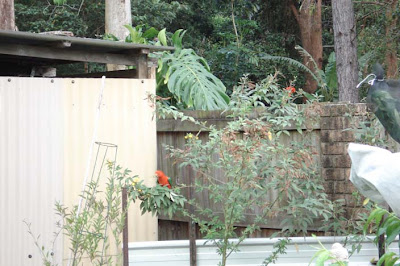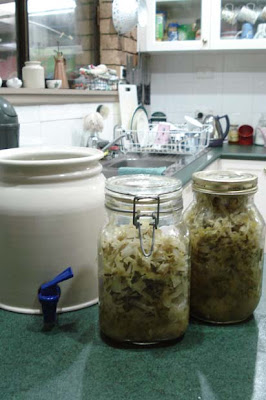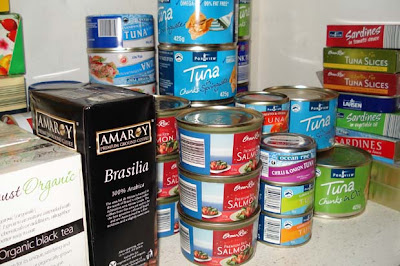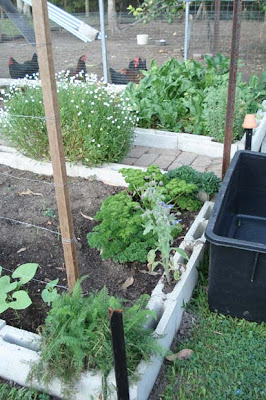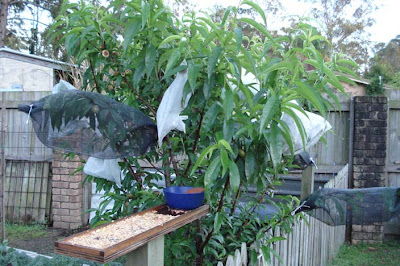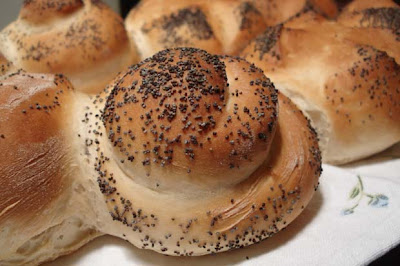So I thought it might be useful to make a list of simple steps that are all elements of simple living, can be started as small projects, and when bundled together, will make an excellent entry to your simple life. Some are easy, some aren't, but all are worth a try because they will help you, one step at a time, live the kind of life you want. And remember, the way I live, might be different to the kind of simple life you want for yourself. You have to plan your own life and hopefully these steps will help you devise your plan and walk your path.
I've already written about convincing your partner, and I am well aware that often it's one person who starts on the road to simplicity, then takes the whole family with them, in varying degrees of compliance. This list could help you convince your partner or the family, that making life style change is achievable and these small steps will bring it closer.
You might like to print out the list - or modify it to include things you need to do - and show it to your family. See what they are willing to do or if they have any suggestions about what to add, or how to go about your transition.
- Stop spending on wants - this is ALWAYS at the top of the list.
- Write up a spending plan/budget that will show you where you stand financially.
- Pay off debt. The previous step will help with this.
- Declutter your home.
- Give away or sell everything that is not useful or precious to you.
- Give more and expect less.
- Smile.
- Start a change jar.
- Start an emergency fund.
- Learn how to bake bread.
- Learn how to make preserves.
- Grow some of your own food, even if it's sprouts. Everyone can grow something.
- Use up all your chemical cleaners and start a green cleaning routine.
- Conserve electricity.
- Conserve water.
- Learn how to read your electricity and water metres.
- Stop using the car for short trips. Make every trip out count and do as much as you can so you can cut down on the number kilometres/miles you drive.
- Stop buying disposable products.
- Stop accepting plastic carry bags at the shops.
- Make your own cotton shopping bags.
- Make sure you take your shopping bags with you every time you go out.
- Learn how to make simple cheese.
- Shop locally and support your local neighbourhood.
- Be generous.
- Keep some chickens in your back yard for eggs, and if you eat meat, for meat.
- Plant fruit trees.
- Learn how to make soap.
- Grow loofahs.
- Slow down and relax. The world will not stop if you have a break.
- Teach your children well. You are their role model, be the person you want them to be.
- Learn how to mend clothes.
- Learn to knit.
- Cook from scratch. This means cooking from non-processed foods, not cooking with tinned soups and mixes.
- Get rid of toxic friends. They will drain the living daylights out of you.
- Start making gifts for friends.
- Change your idea of what success is.
- Reinvent yourself. Do something different today.
- Get rid of as many spray cans as possible in your home. Make your own products and put them in pump bottles.
- Make an apron.
- Wear it.
- Explain what you're trying to do to your children.
- Tell as many people as you can what you're doing, and why.
- Reduce the amount of everything you use. Less salt, less sugar, less meat, less butter, less bread, less fuel, less electricity, fewer clothes and shoes.
- Increase the amount of things you do for others. Generosity always returns to you.
- Stockpile and shop mindfully for groceries.
- Talk to your neighbours. Try to develop a friendly and helpful relationship with them.
- Talk to your children. Ask them what they think about global warming, I bet they surprise you.
- Save seeds from heirloom vegetables. Unless we do this, our old vegetables will disappear under the weight of corporatised hybrid vegetables, and you will have to buy new seeds every year.
- Keep pure breed chickens. They, like the hybrid vegies, are in danger of being lost with hybrid chickens just bred to lay eggs, and not to go broody and raise chicks.
- And finally, as that wise man, Mahatma Gandhi once said: be the change you want to see in the world.

